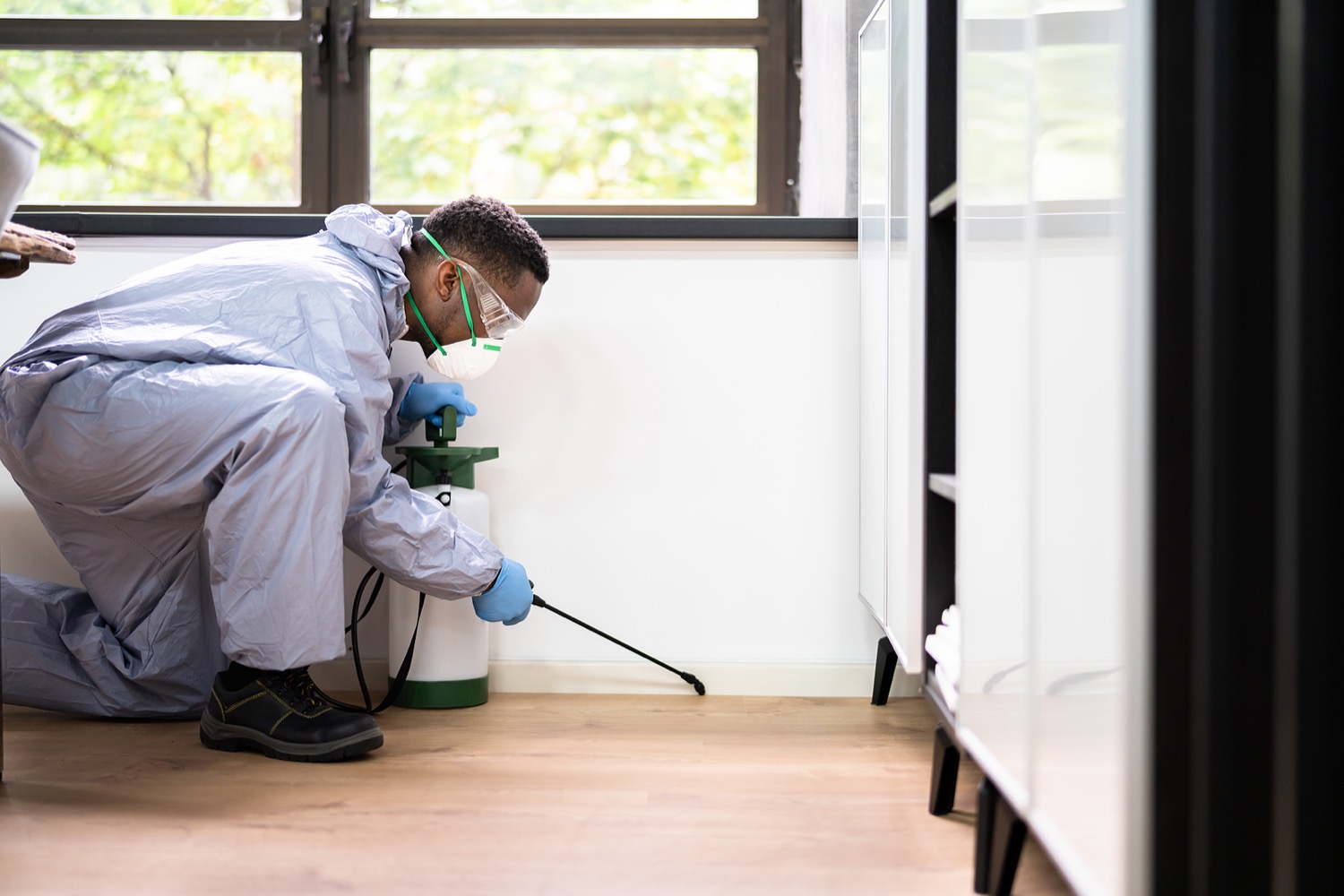Effective A1 Bed Bug Treatment in Charlotte - Safe and Proven Approaches
Effective A1 Bed Bug Treatment in Charlotte - Safe and Proven Approaches
Blog Article
Bed Pest Therapy Break Down: Comparing Chemical Vs. Non-Chemical Solutions
In the realm of insect control, especially when dealing with the persistent problem of bed pests, the option between chemical and non-chemical treatment solutions can be a critical one. Both strategies supply unique advantages and disadvantages, influencing aspects such as performance, safety considerations, and general expense. By examining the nuanced information of each method, a clearer understanding of which path to go after in addressing a bed insect problem can be attained.
Efficiency of Chemical Therapies
Chemical therapies for bed pest problems have been commonly acknowledged for their powerful and quick effectiveness in removing these insects. When thinking about the effectiveness of chemical therapies, it is crucial to understand that they can offer a quick and comprehensive remedy to a bed insect trouble.
Furthermore, chemical therapies have the advantage of supplying residual impacts, implying that they can remain to get rid of bed bugs even after the first application. This recurring action is specifically helpful in combating any kind of prospective re-infestations. Furthermore, the fast action of chemical treatments can bring relief to people dealing with extreme bed insect infestations, enabling them to regain control of their home quickly.
Safety And Security Interest In Chemical Solutions
When using chemical options for bed insect therapy is guaranteeing the security of passengers and the environment,One important element that calls for mindful factor to consider. While chemical treatments can be efficient in eliminating bed insects, they may pose threats otherwise dealt with correctly. One of the main security worries with chemical remedies is the possible injury they can trigger to human wellness. Direct exposure to particular chemicals utilized in bed bug treatments can bring about respiratory system problems, skin irritation, or various other negative reactions, especially in individuals with pre-existing conditions or level of sensitivities. Furthermore, improper application or dose of chemical pesticides can lead to toxic deposits remaining in the treated area, posing lasting health risks to owners.
In addition, the environmental impact of chemical services is another significant factor to consider. Some pesticides made use of in bed bug therapies may be harmful to valuable insects, wild animals, and communities if they seep right into the dirt or water supply. It is necessary to use chemical therapies deliberately, adhering to safety guidelines, and taking into consideration much less toxic options to minimize these dangers and make certain the secure and reliable management of bed pest infestations.
Benefits of Non-Chemical Approaches
Considering the possible security issues and ecological influence connected with chemical options for bed insect therapy, discovering non-chemical approaches offers a promising alternative with a number of distinct advantages. Non-chemical therapies are ecologically pleasant, as they do not contribute to air or water pollution, making them a lasting choice for parasite control.
In addition, non-chemical services can be effective in targeting bed pests, including hard-to-reach locations where chemical treatments may not permeate. Methods such as heat therapy, vacuuming, heavy steam cleaning, and bed mattress encasements supply thorough elimination without using damaging chemicals. In addition, non-chemical approaches can be much less disruptive, needing marginal preparation and permitting for quicker reentry into treated areas. Generally, choosing non-chemical bed pest treatment techniques not only focuses on security and environmental security but likewise guarantees effective and additional resources comprehensive parasite control.
Limitations of Non-Chemical Treatments

In addition, non-chemical treatments typically call for several applications to accomplish successful removal. This can be taxing and may not always ensure total elimination of all bed insects and their eggs, especially in concealed or hard-to-reach areas.
Furthermore, the success of non-chemical therapies greatly relies upon proper implementation and thoroughness, which can be challenging for individuals without specialist knowledge. Insufficient application of non-chemical approaches might cause insufficient removal, causing relentless infestations and the requirement for added treatments.
As a result, while non-chemical therapies have their advantages, it is essential to recognize these limitations and consider them when identifying one of the most effective approach for taking care of bed pest infestations.
Expense Contrast: Chemical Vs. Non-Chemical Options
Provided the restrictions connected with non-chemical treatments, a necessary aspect to assess in the context of bed bug administration is the expense contrast in between chemical and non-chemical alternatives. Chemical treatments commonly involve the application of insecticides by experts, which can vary from $250 to $900 per space, depending on the seriousness of the problem and the dimension of the area to be treated. In comparison, non-chemical therapies like warmth treatment or vapor can be much more costly, with prices ranging from $1,000 to $6,000 for an entire home. While the preliminary expense of chemical therapies may appear reduced, numerous therapies might be required to fully get rid of the infestation, potentially increasing the total price. click for more On the other hand, non-chemical choices might offer an extra environment-friendly and sustainable service, although they can be cost-prohibitive for some individuals. Inevitably, when taking my sources into consideration the cost of bed pest treatment choices, it is essential to consider the upfront expenditures against the effectiveness and lasting sustainability of the selected technique.
Final Thought

Considering the prospective security problems and environmental effect linked with chemical solutions for bed insect treatment, discovering non-chemical approaches provides an appealing choice with several unique benefits.Offered the constraints associated with non-chemical therapies, a crucial aspect to assess in the context of bed bug administration is the expense comparison between chemical and non-chemical choices. In comparison, non-chemical treatments like warm therapy or heavy steam can be a lot more pricey, with prices varying from $1,000 to $6,000 for a whole home. While the first price of chemical therapies may seem reduced, numerous therapies might be called for to totally eradicate the problem, possibly raising the total price.In verdict, when contrasting chemical and non-chemical bed pest therapy alternatives, it is vital to think about efficiency, security, advantages, constraints, and price.
Report this page